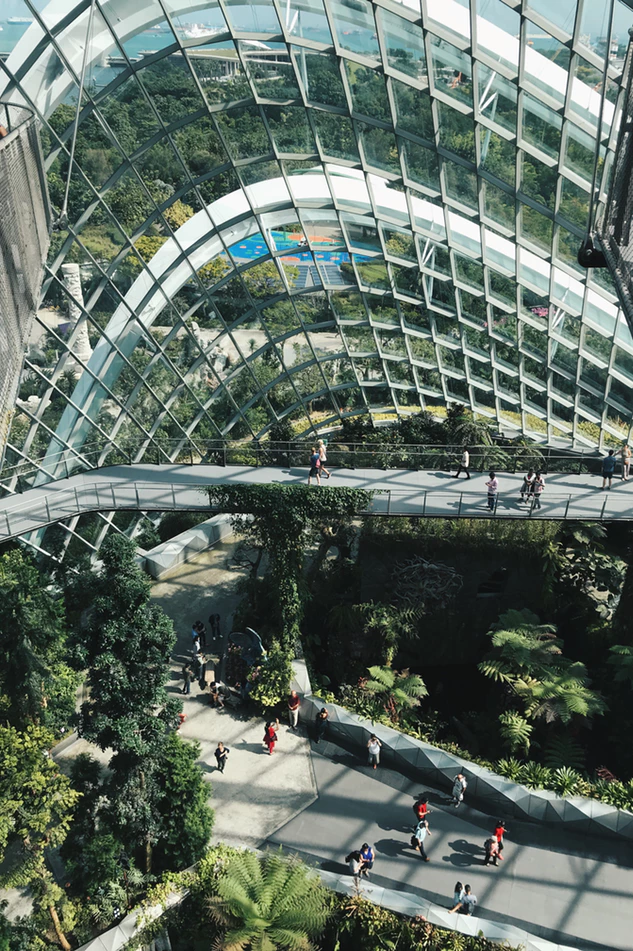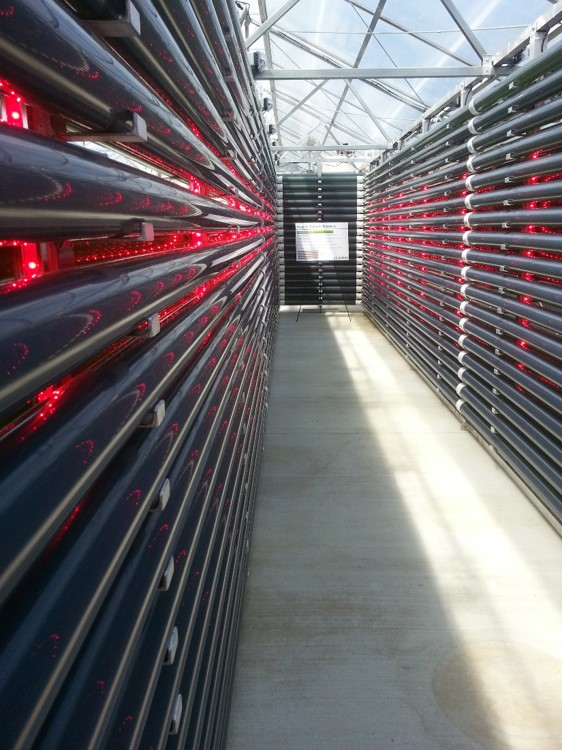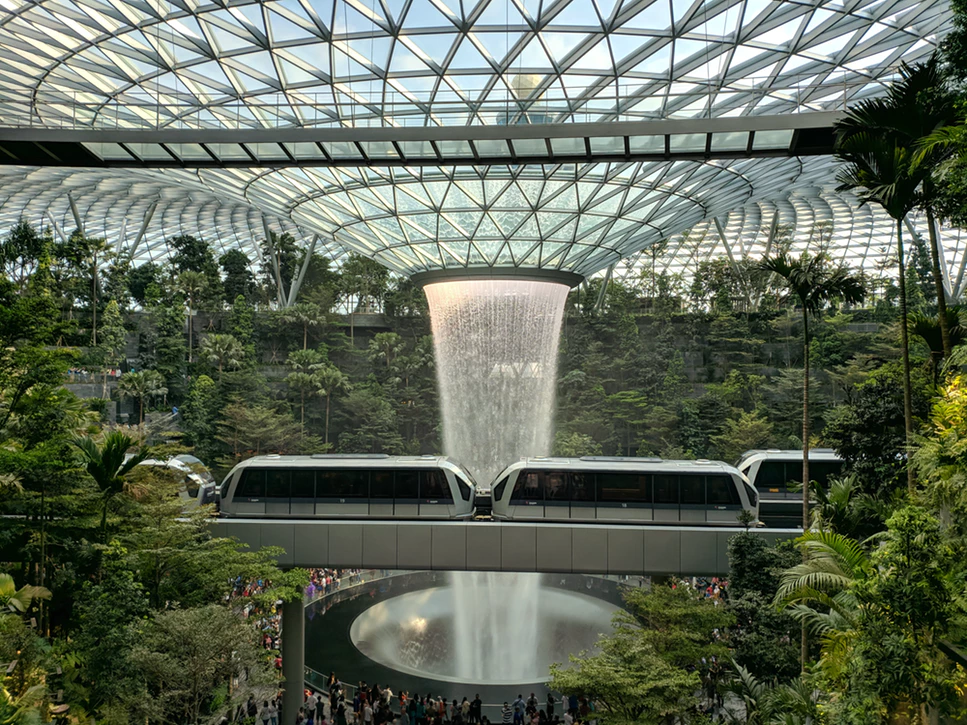Smart City
Smart City technology is derived from the digital age of connectivity. The creation of smart energy grids, the use of IoT (Internet of Things) sensors for traffic circulation and trash collection, and the ability to regulate lights, all contribute to urban energy efficiency. However, there is more to becoming a smart city than this. With the application of biomimicry and biophilic principles, the city can become a vibrant inviting platform where technology, nature, creativity, and people coexist. Scientist and author, Janine Benyus, defines biomimicry as a “new science that studies nature's models and then imitates or takes inspiration from these designs and processes to solve human problems.” Harvard professor, E. O. Wilson, in his book, Biophilia (1986), underlined our human need for nature and the importance of these connections.
Boston GreenFest 2021 invites attendees to imagine our smart city, one that has smart mobility along with other smart technologies from across the globe. Imagine a Smart Boston that uses Aquagen’s photobioreactor and algae air scrubbers to clean our air and water, establishing algae biotech as a valuable resource, and take advantage of Bishop Land Design’s natural landscaping models that provide protection against shifting weather patterns. A smart city uses smart transportation and smart building design, all of which requires smart security systems. A smart city has a smart grid that is as sustainable as it is tech savvy.
Photobioreactors - Algae air scrubbers by Aquagens -ISI - Smart grid - Circular economy - Food/Water/Energy Nexus - Passive house tech - Solar personal rapid transit - Solar windows - Micro wind turbines



Boston GreenFest 2021 invites attendees to imagine our smart city, one that has smart mobility along with other smart technologies from across the globe. Imagine a Smart Boston that uses Aquagen’s photobioreactor and algae air scrubbers to clean our air and water, establishing algae biotech as a valuable resource, and take advantage of Bishop Land Design’s natural landscaping models that provide protection against shifting weather patterns. A smart city uses smart transportation and smart building design, all of which requires smart security systems. A smart city has a smart grid that is as sustainable as it is tech savvy.
Photobioreactors - Algae air scrubbers by Aquagens -ISI - Smart grid - Circular economy - Food/Water/Energy Nexus - Passive house tech - Solar personal rapid transit - Solar windows - Micro wind turbines


